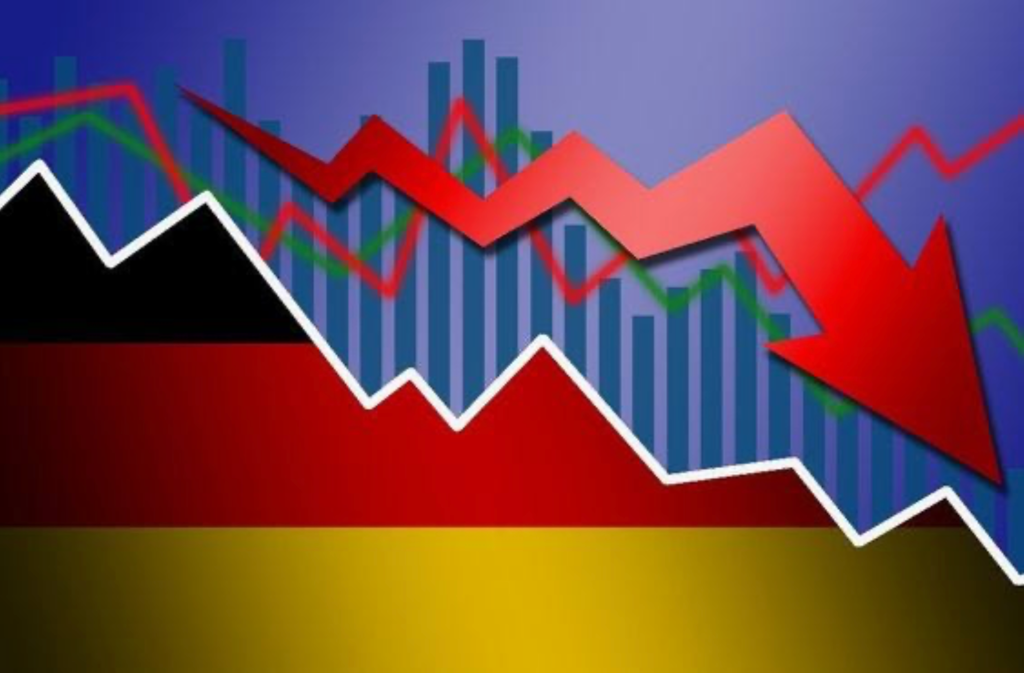By Roshni Rangwani
Technology has virtually revolutionized every industry in the global economy, and the market caps of Silicon Valley giants routinely outshine the GDP of entire nations. Yet, a huge part of the current digital system was built on economic crazy talk: the generosity of the masses, in this case under the banner of “open source programming.” Just how did over 75% of the world’s software come to be freely distributed?
In technical speak, “open source” refers to software that anyone can access or modify. Rather than a business model, it was originally a protest against the monopoly-like rents extracted by companies writing exclusive software, which top developers of the time believed wasn’t even up to standard. Substitute the euphemism “open” for its true meaning, “free,” and it becomes clear why this blend of collaboration, transparency, and open exchange has been less than popular with companies since it first arose in the 80s. Former Microsoft CEO Steve Ballmer summed up industry sentiment nicely in 2001: he dismissed such projects as a “cancer” that would soon be wiped out.
Fast forward to 2019, though, and the bleeding-heart underdogs have pulled off what seems to be an astonishing comeback. From online banking to the algorithms on your Instagram, their code crops up in many corners of the Internet. The likes of Google, Facebook and Amazon are jumping on the bandwagon to help with management and production—even more bafflingly, Microsoft is a frontrunner. Dries Buytaert, the creator of an open source system for websites named Drupal, credits the movement’s “Darwinian” nature for its seachange success. Its community has enjoyed outsize benefits from the expansion of Internet access across the world in the last decade, having gained a wide range of users developing at a rate that closed companies cannot hope to compete with. In a community constantly bouncing ideas off and building on itself, the only solution to a problem that can hope to survive is the most efficient one. Businesses, in turn, have recognised that building on democratized code has become vital to continue operations.
To a traditional economist, the continued existence of open source software would be head-scratching, since in essence, these repositories are public goods—their nature ensures that anyone can use them (they are non-excludable), and that one user cannot prevent another’s consumption (they are non-rivalrous). In the absence of any central authority that mandates their production, the temptation to free ride on the efforts of freelance developers should be irresistible. After all, it is easy enough to take free code, tweak it to fill a specific gap in the market, and monetize the result without giving back any innovation. In this scenario, the only way any open source business could compete with the “defector” business with a lower bottom line would be by following its example. How, then, is it possible that a prisoner’s dilemma hasn’t gridlocked the whole community?
The curve ball that open source software has thrown at economic theory so far is that its proponents haven’t been defining self-interest in purely monetary terms. Even accounting for “freemium” models of development (where creators charge for maintenance and services allied with their free code), the opportunity cost of not working in more conventional jobs is incredibly high. Many instead contribute for the creative challenge, out of a sense of friendship, or for ideological beliefs, and aren’t calculating the time they invest in market terms at all. For example, blogger Florian Effenberger credits the “mentality of mutual respect for everyone, trust in newbies, appreciation and value for other people’s opinions, and shared ideals” (which he believes most corporate workers are sorely deprived of) for his 15 years as a dedicated open source writer.
However, in the face of unprecedented demand, relying on the generosity of the masses to continue producing an essential public good comes at a dire cost. Programmers working for free are under no obligation to fix every bug as it appears, and risk severe burnout attempting to do so. Consider the chilling case of the Heartbleed bug, which was discovered in 2014. Although the open source code containing this flaw was responsible for encrypting sensitive user information on over 60% of the world’s web servers, the company that wrote it had a single full-time employee. As a result, websites including Tumblr, Google, Yahoo and Netflix were vulnerable to hackers for over two years before the offending blip was discovered.
Incidents like Heartbleed are, thankfully, relatively rare, but they do question the practicality and ethics of relying on decentralized generosity in a precarious and rapidly evolving landscape. Can the open hearts of volunteers really be a sustainable business model, when they bleed so easily? □
Work Cited
- Image source
- Gilbertson, S. (2019, October 16). In 2019, multiple open source companies changed course-is it the right move? Retrieved from https://arstechnica.com/information-technology/2019/10/is-the-software-world-taking-too-much-from-the-open-source-community/.
- Hardy, Q. (2014, July 23). Open Source and the Challenge of Making Money. Retrieved from https://bits.blogs.nytimes.com/2014/07/23/open-source-and-the-challenge-of-making-money/?mtrref=www.google.com&gwh=BC538D1EF13C2C0E54CC31CDFCDD46CF&gwt=pay&assetType=REGIWALL.
- InfoWorld. (n.d.). Open source and the free-rider problem. Retrieved from https://www.computerworld.com.au/article/668346/open-source-free-rider-problem/.
- Oberhaus, D. (2019, February 14). The Complicated Economy of Open Source Software. Retrieved from https://www.vice.com/en_us/article/43zak3/the-internet-was-built-on-the-free-labor-of-open-source-developers-is-that-sustainable.
- Vaughan-Nichols, S. J. (2015, April 16). It’s an open-source world: 78 percent of companies run open-source software. Retrieved from https://www.zdnet.com/article/its-an-open-source-world-78-percent-of-companies-run-open-source-software/.
- Volpi, M. (2019, January 12). How open-source software took over the world. Retrieved from https://techcrunch.com/2019/01/12/how-open-source-software-took-over-the-world/.
- Warren, C. (2014, April 15). Heartbleed Exposes a Problem With Open Source, But It’s Not What You Think. Retrieved from https://mashable.com/2014/04/14/heartbleed-open-source/.
- What is open source? (n.d.). Retrieved from https://opensource.com/resources/what-open-source.






Leave a comment